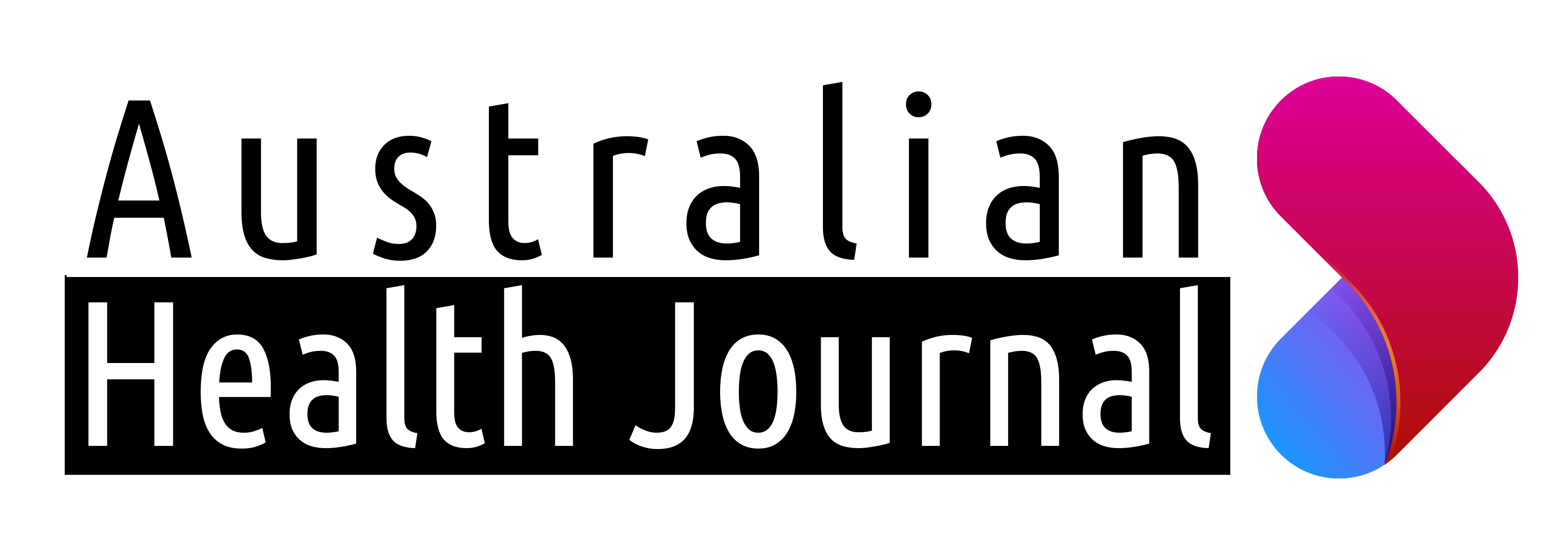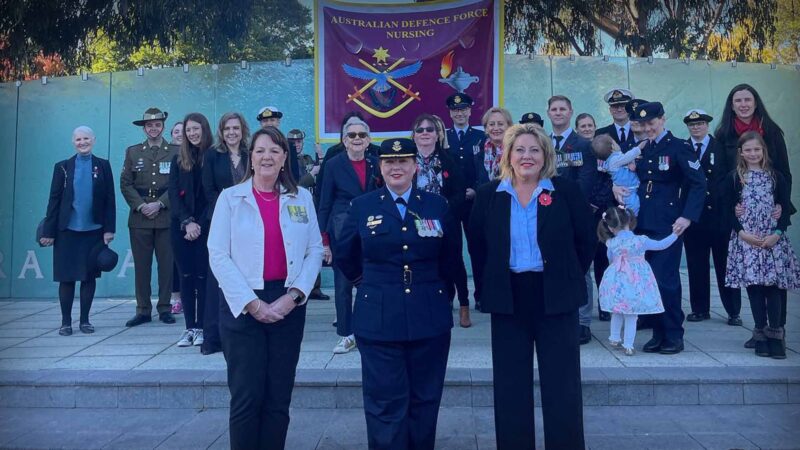National NAIDOC Week celebrations are held across Australia in the first week of July each year (Sunday to Sunday), to celebrate and recognise the history, culture and achievements of Aboriginal and Torres Strait Islander peoples.
On the eve of NAIDOC week 2023, Australian Health Journal met with Scott Willis, the National President of the Australian Physiotherapy Association, a proud Palawa man and the first Indigenous President of the Australian health peak body.
Growing in up the western suburbs of Sydney and attending local public schools, hard work and committing fully to the task at hand was instilled in Scott from a young age. In 1993, he graduated from the University of Sydney with a Bachelor of Applied Science (Physiotherapy).
Freshly graduated, he moved to the North West Coast of Tasmania to reconnect with his Aboriginal roots on his father’s side and start his career. Joining the APA led to the first of several voluntary leadership roles within the organisation, from National Chair of the business group, member of the National Advisory Committee, Tasmanian branch councillor, Board Director and Chair of the Insurance and Safety subcommittee.
Today he is co-director of a multidisciplinary clinic in Tasmania. Within the Tasmanian health system, Scott has held positions on the Board of Directors of the Division of General Practice North West in Tasmania, Tasmania’s Medicare Local’s Primary Health Care Strategic Advisory Council, and the Clinical Advisory Council of Primary Health Tasmania.
When elected to the position in 2020, Scott stated he would be unapologetically ambitious given his extensive experience in policy development, advocacy and political engagement.
He said, “As a profession we’ve come a long way to illustrate how valuable our work is, both from a broad health system cost perspective and as highly skilled clinicians treating a wide array of acute and chronic health conditions.”
“One of our key focus areas will be illustrating the economic value of physio and partnering with government and insurers to ensure the best and most effective health outcomes for Australians.”
“Aboriginal and Torres Strait Islander peoples’ health remains a priority area for our profession. We’re going to ensure not only that we are a culturally safe, engaged profession by listening to, learning from and working with First Nations peoples, but we’re going to make physio a known, viable and aspirational professional choice for young Aboriginals coming through the education system. I want them to know they can and should aspire to strong and respected leadership roles in the community.”
His passion for the profession and the organisation help drive it forward and continue to put it at the forefront of politicians’, funders’ and consumers’ minds.
In an upcoming release Part 2 of the interview with Scott Willis, he discusses the growth of the profession within allied health, role in society, research and education.
You Might also like
-
Sense of service and pride in uniform
This ANZAC Day 2023, Australian Health Journal releases an interview with Group Captain Kath Stein MACN, Director of Defence Force Nursing with the Royal Australian Air Force.
She talks about many masks, aside from PPE, that leadership and all nurses need to wear. Currently there is work underway on a new capability description on what a nurse brings to every level in the nursing defence structure. The advice Group Captain Stein, imparts for new recruits and those interested in joining Defence Force Nursing is to take every opportunity that arises. This is evident in her progression through her career.
-
Nurse led micro-suction earwax removal service continues success
At the 2024 Telstra Best of Business Awards in February, Earworx was recognised as the National Championing Health Award winner. Lisa Hellwege, the Clinical Director and Founder of Earworx, expressed her gratitude to the entire team and their patients for their trust and support. Earworx specialises in providing professional earwax removal services led by trained nurses using a procedure called microsuction.
-
State of Private Hospitals sector in Australia
During Mr Roff’s working career at APHA he has represented the private hospitals sector to nine different Federal Health Ministers and eight Prime Ministers. He believes the government should take steps to regulate the health insurance industry to protect consumers and ensure that Australians have access to affordable and comprehensive healthcare services.



